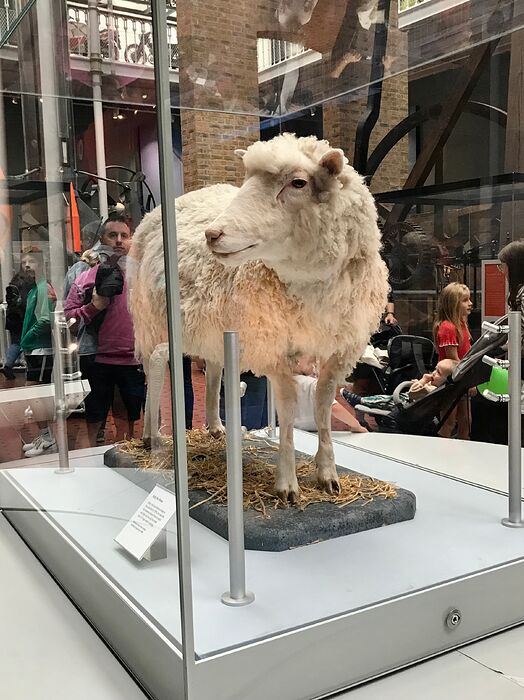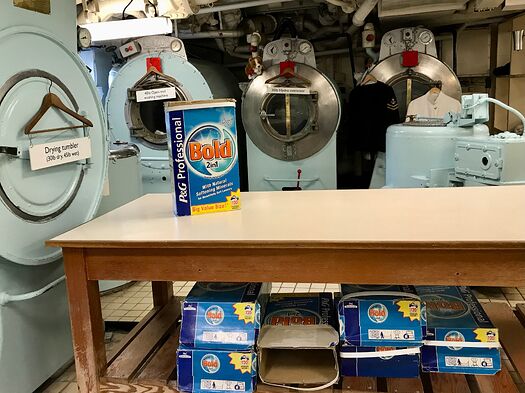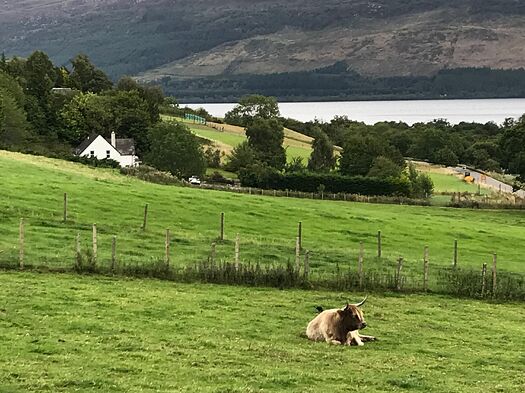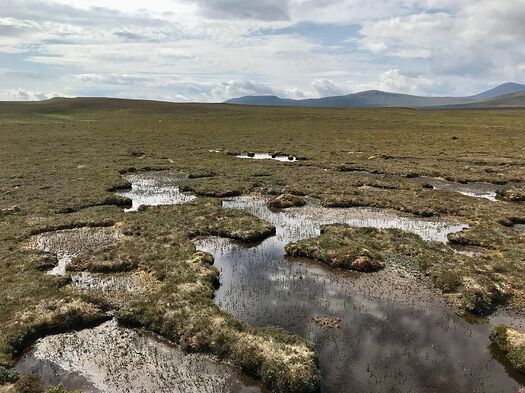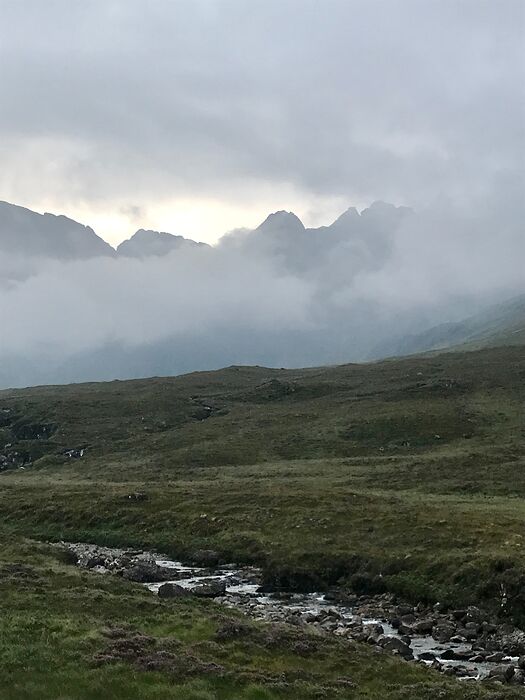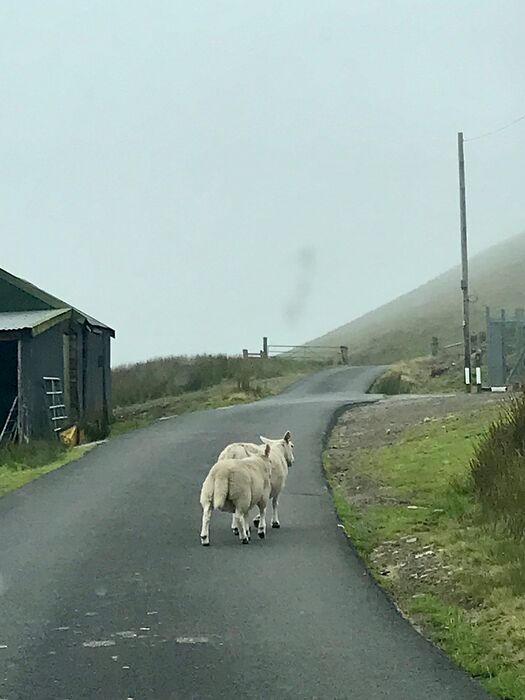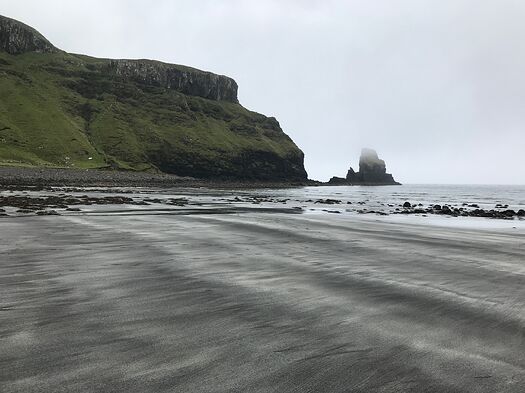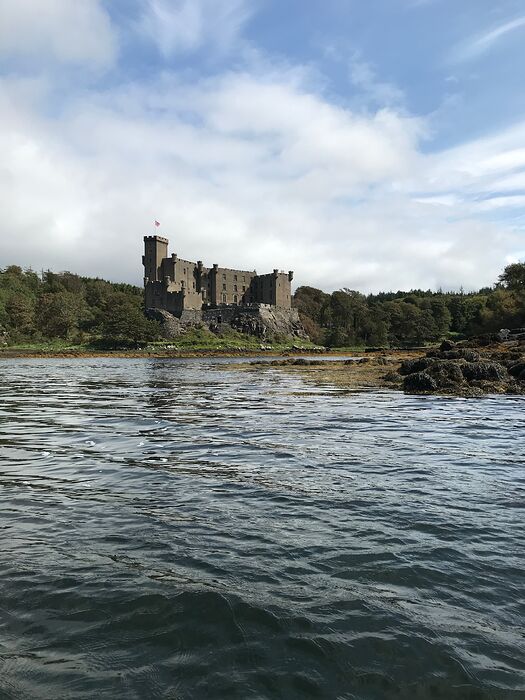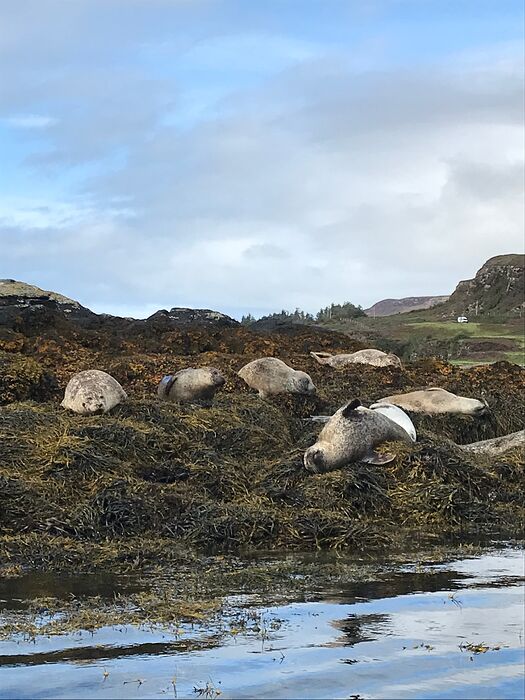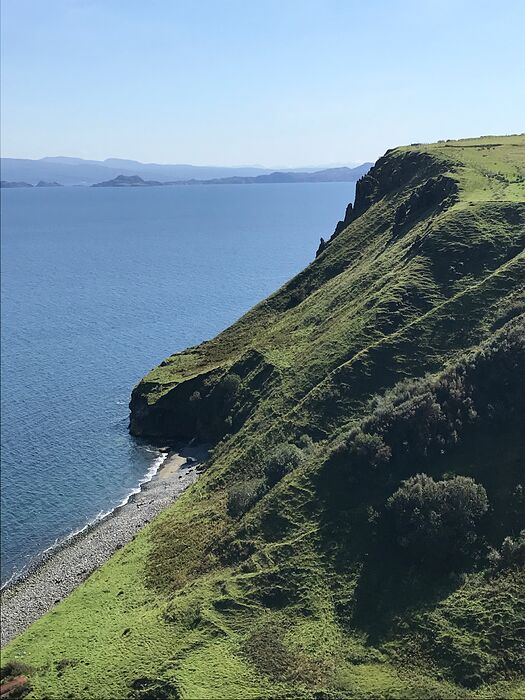A little wrap up. We ended our trip where we began, in Edinburgh. The meal of note was at The Spence, where we were the guests of one of H’s colleagues. The food was very good, but what really stood out was the crazy amount of after dinner drinks we had. Tawny port, ice wine, whiskey, something poured out of a jeroboam, all accompanied by a rapid-fire educational talk by the sommelier. I wish I remembered more about what he said, but it’s quite understandable that I do not.
So far, I’ve written mostly about my martini misadventures, without noting the many fine gins and whiskys I encountered. Here’s a quick rundown of my favorites:
Caorunn So smooth it barely registers as gin. I was fascinated by it more than I actually liked it, because there wasn’t much there there. Seven Crofts A LOT going on here. Kind of weird, actually, but in a good way. Edinburgh Seaside A very fetching salinity. The Storr Also quite busy, not quite as much fun as Seven Crofts.
Ardbeg My favorite, hands down. Tasted like a campfire. Talisker Storm was my second favorite, also quite smoky. Clyneilish and Highland Park were very nice. Knockando was light and a little too candy-like for me. Raasay Core Smooth and warm. The only ones I actively disliked were Jura and Torabhaig. The latter was too harsh, and of the former, all I jotted down was “no,” so I guess I just hated everything about it.
And I feel like I should prove we did some stuff that didn’t involve eating and drinking, so here’s a few of my favorite sights. Scroll quickly past if you’re only here for the food!
The Scott Monument. Scott gets a lot of play in Edinburgh.
Dolly the Sheep. First among clones.
The laundry on the Royal Yacht Britannia. For some reason, it takes about eight hours to do a wash in Scotland. It’s nuts.
A hairy coo resting near Loch Ness. We didn’t see many of these, although the gift shops were absolutely packed with them.
Forsinard Flows. Bogs! Beautiful bogs.
Near the Fairy Pools. Or maybe the Fairy Pools themselves, nothing was really a “pool,” per se.
Road warriors.
Talisker Bay Beach. I say it was too long a walk to get there, H says it was worth it, the honeymoon was over right about then.
Dunvegan Castle. Better than Edinburgh Castle, there, I said it.
Seals exhausted by just being seals.
A big cliff (sorry, forgot exactly where this was - the northeast part of Skye, definitely).
The Old Man of Storr, or the one thing it is necessary to photograph to prove you’ve been to Scotland, so please pull over and park anywhere, no one needs the road but you.
And that’s it! Many, many, many thanks to everyone who helped us plan.

